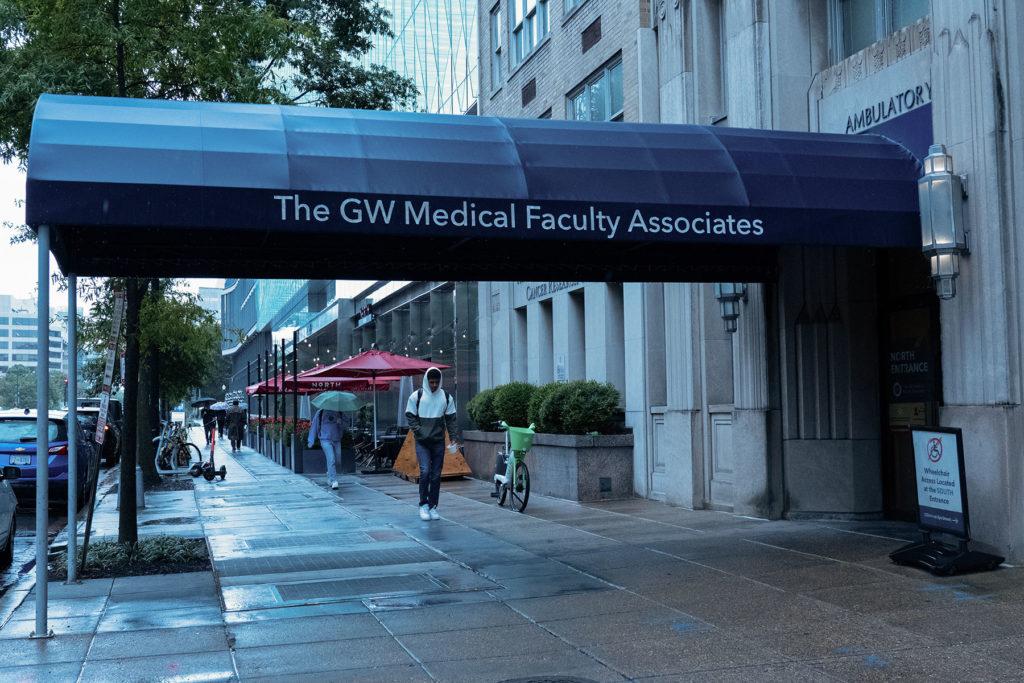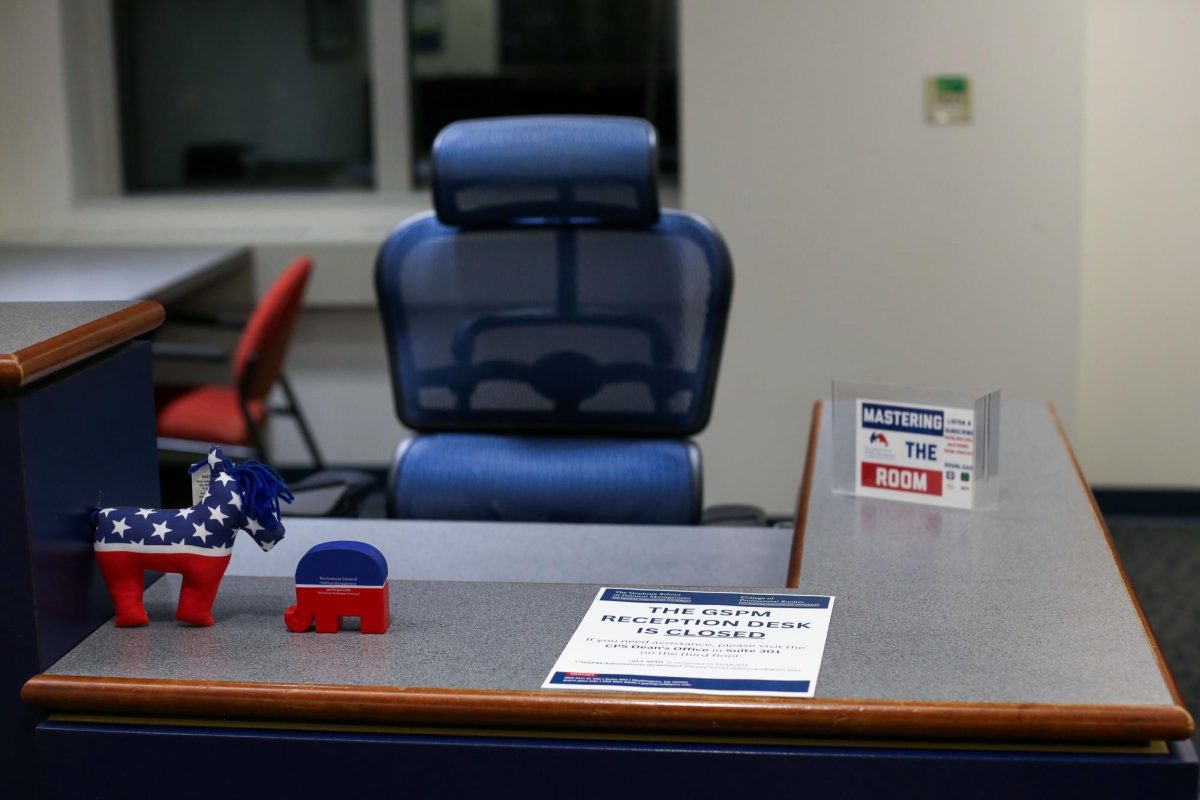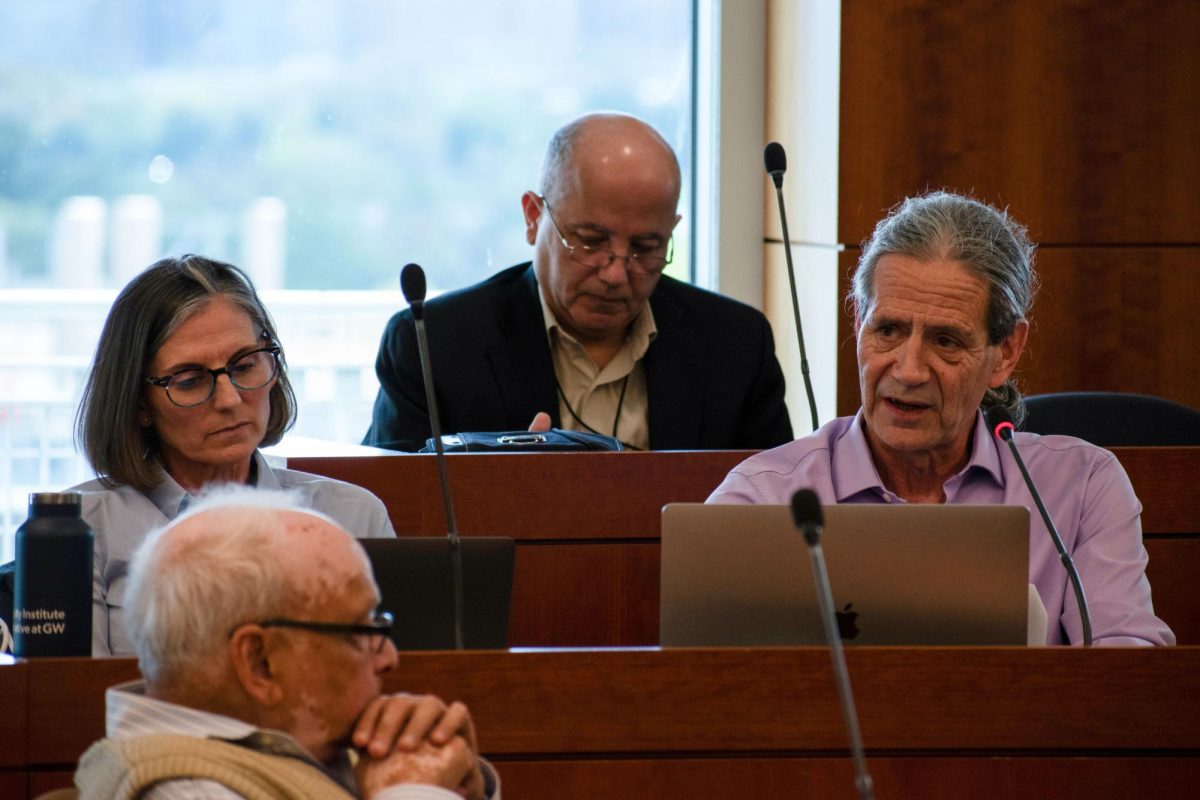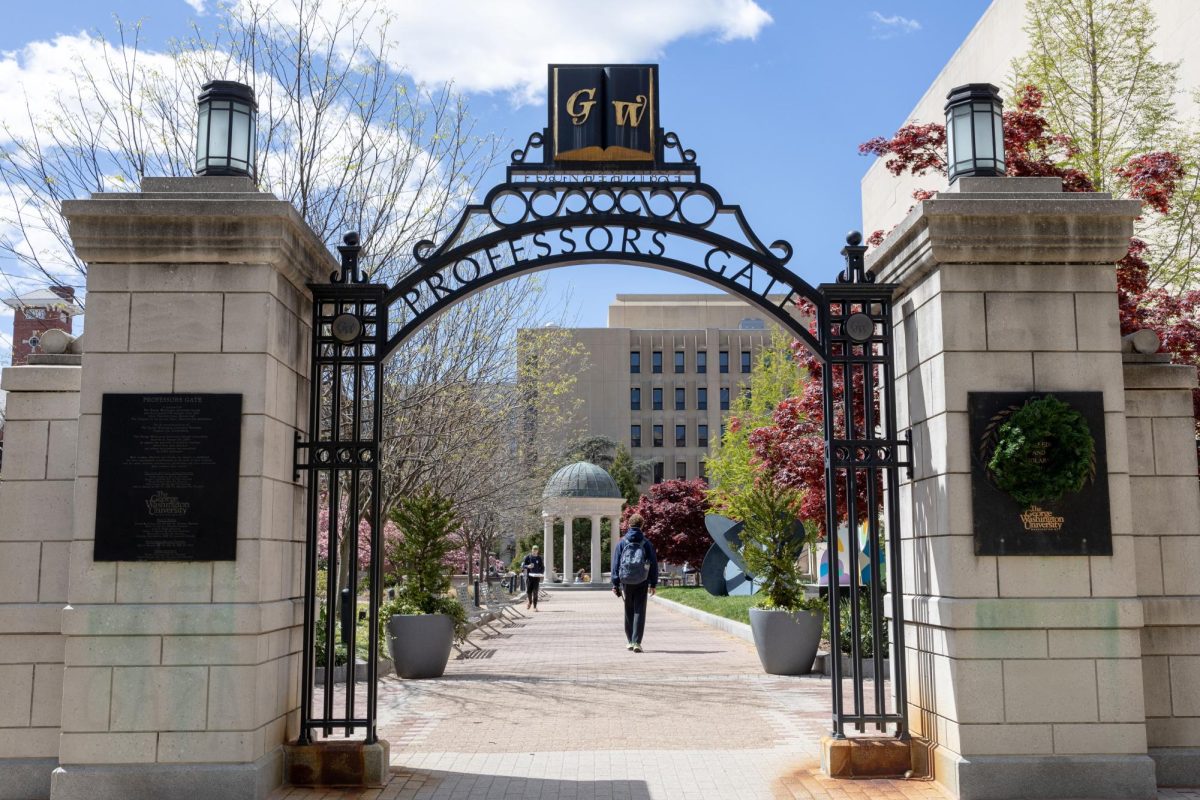GW’s net assets declined by more than $130 million dollars during fiscal year 2022, according to the University’s audited financial statements from June 2021 to June 2022, which officials released last month.
The University’s more than $2 billion in net assets declined by about $58 million, and the Medical Faculty Associates – a group of physicians and faculty from the School of Medicine and Health Sciences and physicians at the GW Hospital – lost nearly $80 million by the end of the fiscal year in June. The statements show the MFA owes GW more than $120 million, bringing the nonprofit’s total debt to nearly $200 million, while the University also paid off more than $130,000 of its nearly $2 million long-term debt from “financing activities.”
The document states that much of the decline in GW’s net assets – which include more than $1 billion in real estate holdings – came as officials spent nearly $160 million of its cash reserves and another $170 million of its investments in items like stocks and government bonds, while the University continued in-person operations during the last academic year.
“GW’s strong financial position and balance sheet will allow the University to continue to invest in faculty, initiatives and programs across the academic enterprise, in alignment with the University’s mission and priorities,” officials said in a statement accompanying the report.
GW’s net assets, like net investments and loans, increased by about $300 million at the end of 2021 as they bolstered the amount of pooled investments, like the University’s endowment.
University spokespeople Tim Pierce and Josh Grossman declined multiple requests for comment on the size of the MFA’s debt and whether officials are confident in the organization’s ability to repay it.
Joe Cordes, a professor of economics and the co-chair of the Faculty Senate’s Fiscal Planning and Budget Committee, said the drop in net assets is in line with trends across much of the higher education industry. He said colleges and universities including GW dealt with financial constraints coming back from COVID-19, but the MFA’s financial decline makes the University’s financial position look worse.
“The 78 million negative change in net assets experienced by the MFA is not par-for-the-course, it’s a matter of concern, and people have said it is a matter of concern.”
Faculty senators expressed concerns in May about the MFA’s more than $40 million deficit during the 2021 fiscal year and the organization’s consistently low revenue during the last few fiscal years.
The documents show the MFA has about $73 million in outstanding debt from lenders, including a national bank, a health record company and the GW Hospital. The MFA has also borrowed $42 million out of a maximum $50 million from a revolving credit facility – a type of loan that allows an institution to take and repay smaller amounts of funds from a pool of credit over a longer period.
The documents state the University has extended a “temporary loan” to the MFA but did not specify how much money the University lent the MFA.
In 2016, the University offered a $20 million loan to the MFA to pull the organization out of its financial struggles, but forgave the loan in 2019 to help keep the MFA afloat.
Cordes said GW has lent the MFA about $70 million over the past year, potentially draining the University’s budget for campus spending. He said GW has guaranteed most of the MFA’s roughly $73 million in outside debt, which means GW is responsible for paying off the debt if the MFA is unable to do so to prevent it from defaulting on the loans.
Cordes said the MFA needs to take on loans to stay afloat and pay its employee salaries.
“That’s the purpose of the University guaranteeing, it’s to make it possible or easier for the MFA to borrow,” he said. “It’s the same principle at some level as if your parents were to guarantee a loan that you took out.”
Cordes said officials have started negotiations with some of the MFA’s outside lenders to fix the interest rate on its loans. He said as the Federal Reserve continues to raise interest rates, the amount the MFA would have to pay back could increase, but most of the University’s debt is already fixed, meaning rising interest rates wouldn’t have a large impact on non-MFA finances.
“On the one hand, it may increase the University’s borrowing costs for some things, but it doesn’t increase them for the large chunks of debt that we have outstanding, which are all fixed,” he said. “It does give the University the opportunity to earn a somewhat higher income.”
The MFA’s net assets decreased by about 200 percent from FY 2016 to FY 2021, according to a report that the Faculty Senate’s fiscal planning and budgeting committee delivered on the MFA’s financial standing in May.
The audited financial statements show officials moved the Medical Faculty Associates’ liability insurance company from a location in the Cayman Islands to the District, where the government currently imposes no taxes on it.
“The University guarantees certain debt obligations incurred by MFA, and these loans are included as liabilities in the consolidated financial statements,” the report states.











